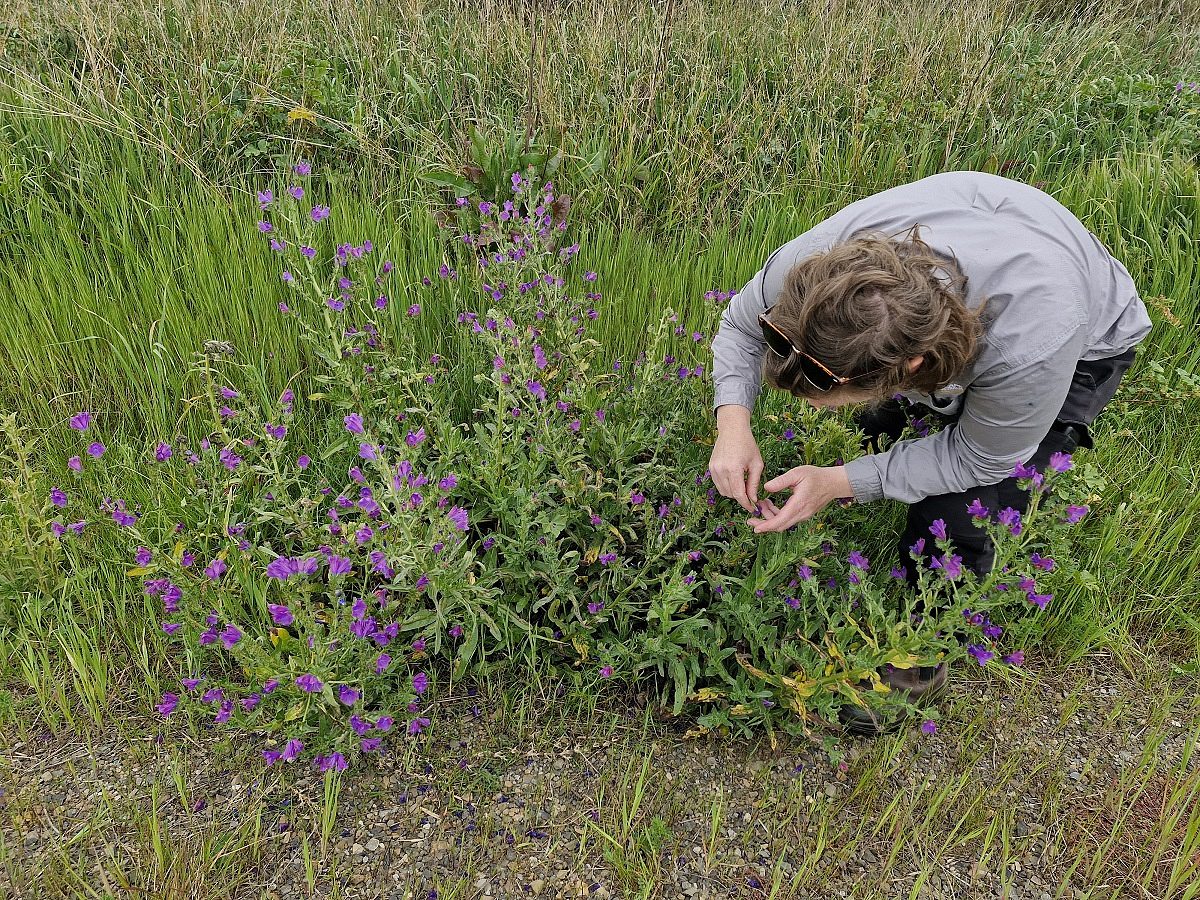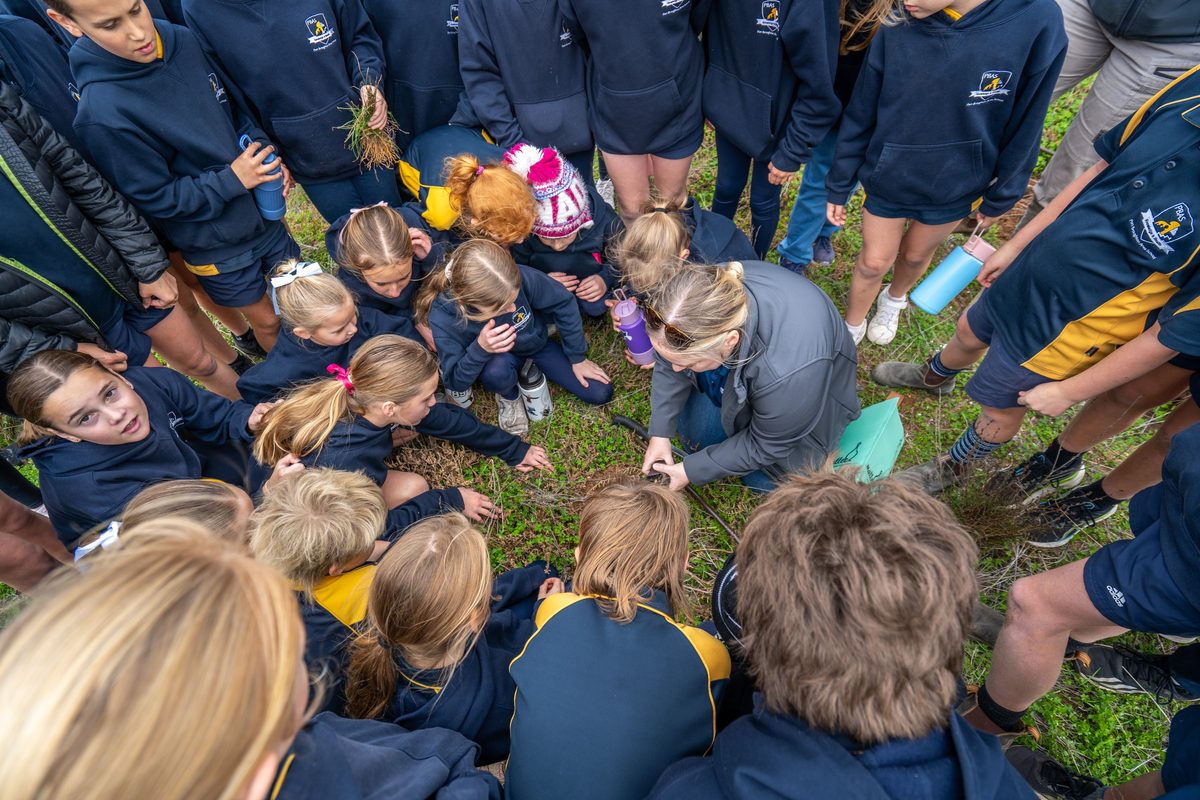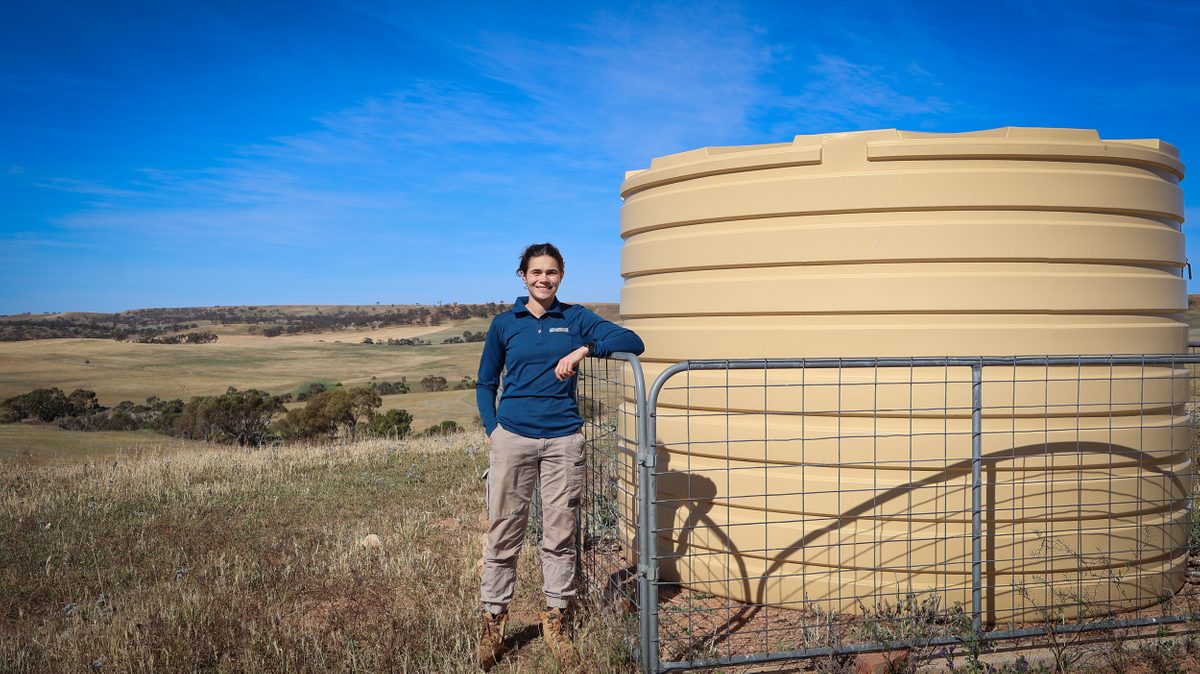Landholders encouraged to control horehound now
Landholders across the Northern and Yorke region are urged to act now to control horehound (Marrubium vulgare), a noxious perennial weed first introduced to Australia as a medicinal herb in the early nineteenth century.
Landholders across the Northern and Yorke region are urged to act now to control horehound (Marrubium vulgare), a noxious perennial weed first introduced to Australia as a medicinal herb in the early nineteenth century.
Natural Resources Northern and Yorke Landscape Ranger Denni Russell said that the Lower Mid North District team had recently commenced roadside and property inspections, focusing on priority areas including the Hundreds of Balaklava, Stow and Blyth.
“Horehound invades rural properties and, with large mature plants producing in excess of 20,000 seeds per year, will easily grow out of control if it isn’t managed effectively,” Ms Russell said.
“Horehound can have detrimental impacts on livestock production; the plants’ distinct odour taints milk and meat when consumed by stock, while the burrs get caught in wool, reducing the value of fleece,” Ms Russell said.
Horehound thrives in poor soil and tolerates drought, invades poor pastures and is a host to pest insect species. As well as being an agricultural weed of pastures, horehound has become an important environmental weed because of its ability to invade disturbed native vegetation. Individual seeds can survive in the soil for 7-10 years.
Ms Russell said the strategic release of the natural biocontrol agent, the Horehound Plume Moth (Wheeleria spilodactylus) is planned for the start of summer.
“The Horehound Plume Moth was first introduced to the area in 1997 as part of an integrated approach to help control weeds,” Ms Russell said.
“The grub is specific to horehound and the caterpillar (larva) feed on the growing tips of the plants, working their way down the shoot, progressively defoliating the stem. This weakens the plant and reduces the number of seeds and flowers produced.
“When active, it can heavily reduce the plants’ seeding capability and reduce the size of infestations.
“Natural Resources Northern and Yorke staff have been encouraging Horehound Plume Moth establishment in nursery areas to provide insects to distribute around the region.”
Ms Russell said that despite the success rates of the Horehound Plume Moth, it isn’t a standalone method and other management techniques should be used in conjunction with the release.
“Other prescribed measures include the application of a registered herbicide, cultivation and physical removal.”
Landowners have a legal responsibility to control the spread of horehound weed under the South Australian Natural Resources Management Act 2004. Horehound is one of the district’s top ten weeds identified within the Lower and Mid North NRM District Weed Action Plan.
For assistance in managing horehound or other declared weeds, please contact the Natural Resources Centre in Clare on 8841 3444.


